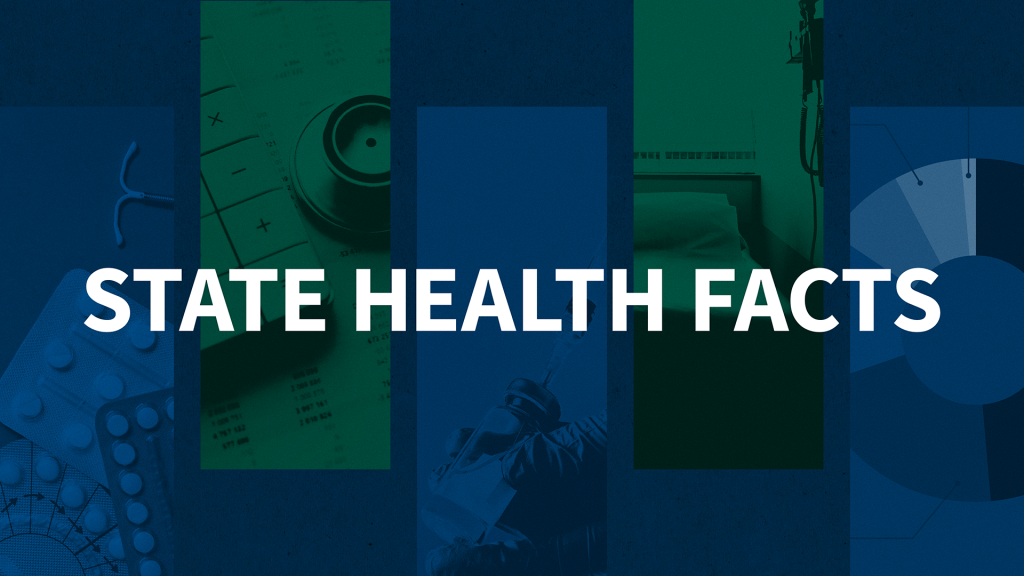Listening to Trump Voters with ACA Coverage: What They Want in a Health Care Plan
President Donald Trump and Republicans in Congress are moving to follow through on their campaign promise to repeal and replace the Affordable Care Act (ACA). To gain a better understanding of the personal experiences of Trump voters with health coverage provided through the ACA and the changes they hope to see in the health system moving forward, the Kaiser Family Foundation (KFF) held focus groups in December 2016 with Trump voters in cities in three battleground states (Michigan, Ohio, and Pennsylvania), who had coverage through the Marketplaces or through the Medicaid expansion. This brief and companion video highlight and summarize the range of perspectives expressed at the focus group sessions.
